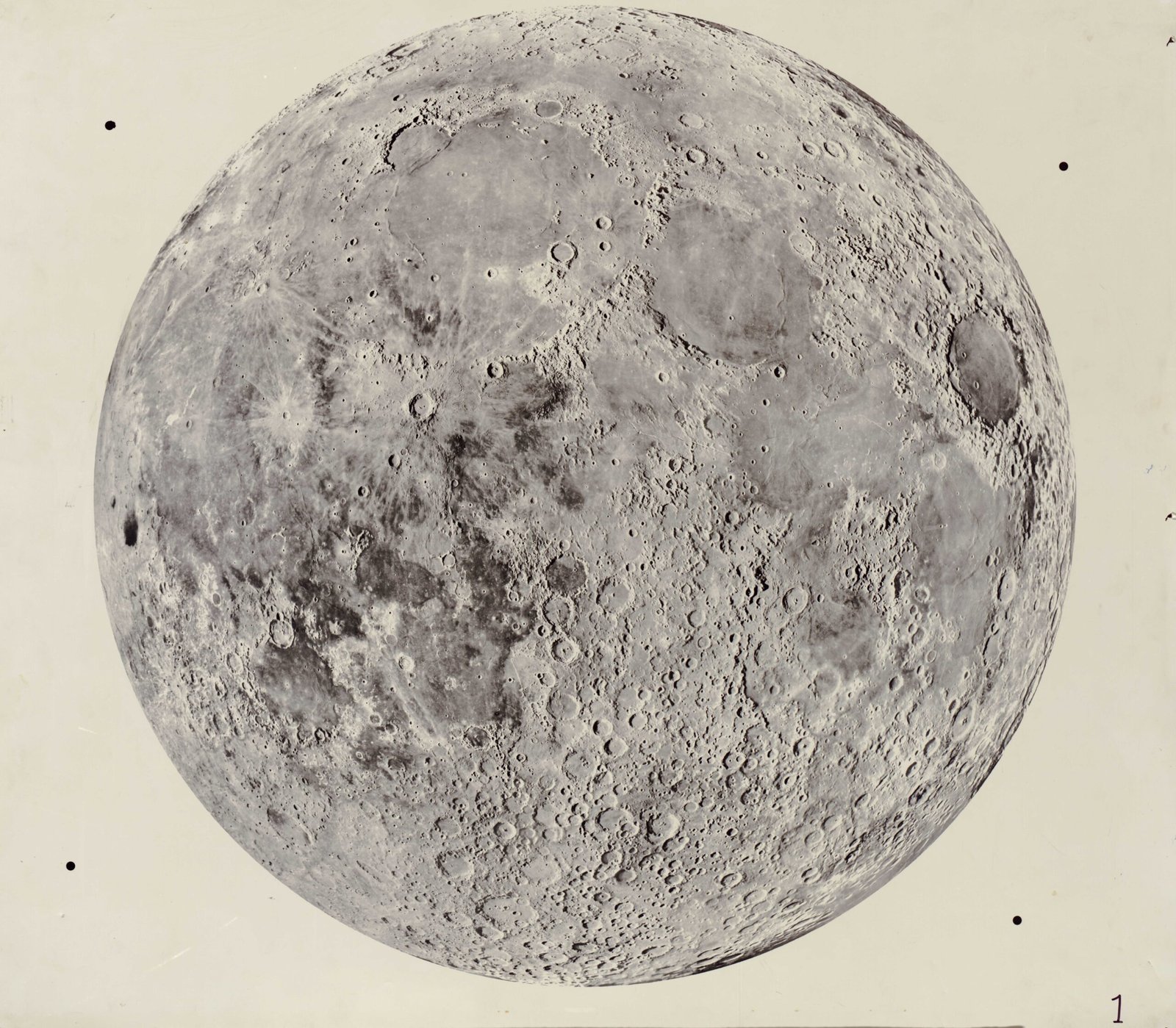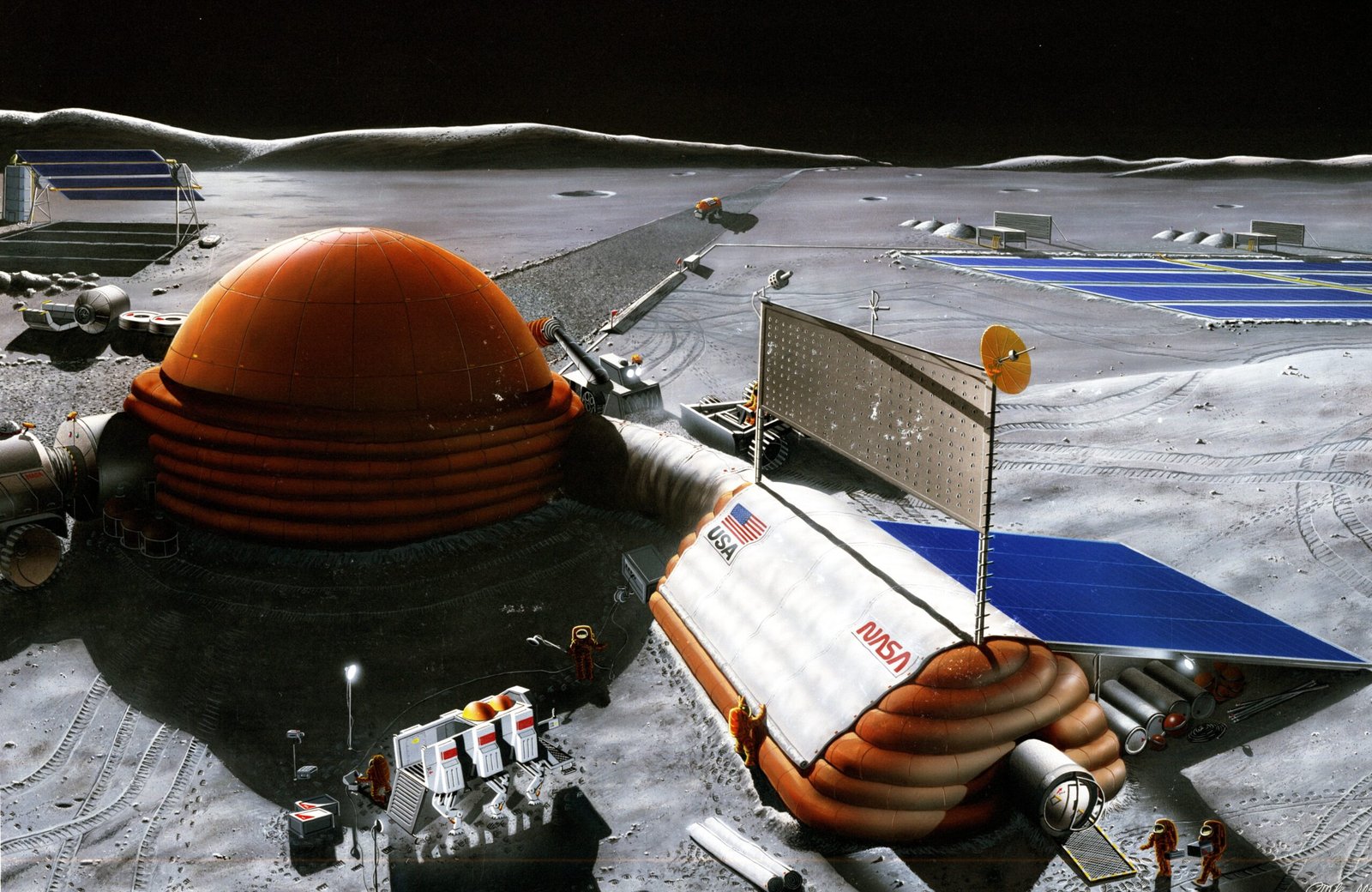The Chandrayaan Mission by India has captured the imagination of people worldwide, not just because it is a testament to human ingenuity, but also because it challenges our understanding of the Moon. Imagine the Moon as a giant, mysterious puzzle, with each mission adding a piece that brings us closer to seeing the bigger picture. India’s Chandrayaan Mission is one of those crucial pieces, changing how we view our closest celestial neighbor.
A Leap Forward in Lunar Exploration
When India launched the Chandrayaan Mission, it marked a significant step forward for lunar exploration. The mission was more than just a technological feat; it was a bold statement that India was ready to contribute to global space exploration. This mission aimed to gather data that would help unravel the Moon’s many mysteries. It was like opening a new chapter in a book filled with unknowns, each page offering insights that could change what we thought we knew about our natural satellite.
Discovering Water on the Moon
One of the most groundbreaking findings from the Chandrayaan Mission was the discovery of water molecules on the Moon’s surface. This revelation was akin to finding a hidden oasis in a vast desert. Water on the Moon could potentially support future human exploration and even serve as a resource for deep space missions. This discovery has sparked a flurry of excitement and opened the door to the possibility of sustainable lunar bases. The presence of water fundamentally alters our understanding of the Moon’s environment.
Mapping the Moon’s Surface

The Chandrayaan Mission provided a detailed map of the Moon’s surface, offering insights that were previously beyond our reach. Imagine trying to understand a landscape without a map; it would be nearly impossible to navigate. This mission’s high-resolution images have helped scientists identify key geological features, contributing to our knowledge of lunar history. These maps are essential for planning future missions and ensuring safe landings for spacecraft.
Understanding the Moon’s Mineral Composition
Chandrayaan’s findings on the Moon’s mineral composition have been nothing short of revolutionary. The mission detected various minerals, helping scientists piece together the Moon’s geological past. These findings are like clues in a cosmic detective story, hinting at the processes that shaped the Moon. By understanding the mineral composition, scientists can make educated guesses about the Moon’s formation and evolution, broadening our understanding of planetary science.
Unraveling the Mystery of the Moon’s Poles
The mission also focused on the Moon’s poles, areas that hold secrets about the solar system’s history. The poles are like time capsules, preserving information about the early solar system. Chandrayaan’s data has provided a clearer picture of these regions, offering clues about the Moon’s past and the potential for future exploration. This focus on the poles has sparked interest in further studying these enigmatic regions.
Collaboration with International Space Agencies

India’s Chandrayaan Mission has also fostered international collaboration in space exploration. By working with other space agencies, India has shown that space exploration is a global endeavor, transcending national boundaries. This collaboration has led to the sharing of knowledge and resources, accelerating scientific discoveries. It’s a reminder that when nations work together, the possibilities for exploration are limitless.
The Role of Technology in Chandrayaan’s Success
The Chandrayaan Mission’s success can be attributed to the cutting-edge technology that powered it. Advanced instruments and innovative design allowed the mission to achieve its objectives. This technology is like the backbone of the mission, supporting its ambitious goals and ensuring accurate data collection. The mission’s technological achievements serve as an inspiration for future space exploration endeavors.
Inspiring the Next Generation of Scientists
The Chandrayaan Mission has ignited a passion for space exploration among young people in India and around the world. It’s like planting a seed of curiosity that grows into a lifelong pursuit of knowledge. The mission’s success has shown that with dedication and innovation, even the sky is not the limit. It serves as a beacon of hope and a source of inspiration for aspiring scientists and engineers.
Challenges Faced and Overcome
The mission was not without its challenges, but overcoming these obstacles has only added to its achievements. From technical difficulties to communication issues, the team faced numerous hurdles. Yet, like climbers reaching the summit of a mountain, they persevered and succeeded. These challenges have provided valuable lessons that will benefit future missions and enhance our ability to explore the cosmos.
Future Prospects and Continuing Exploration

The success of the Chandrayaan Mission has paved the way for future lunar exploration. It has set the stage for more ambitious missions, with the potential to unlock further lunar mysteries. The mission’s findings have laid a foundation for continued research, ensuring that our understanding of the Moon will continue to evolve. As we look to the future, the possibilities for exploration and discovery seem endless, promising exciting new chapters in the story of lunar exploration.



